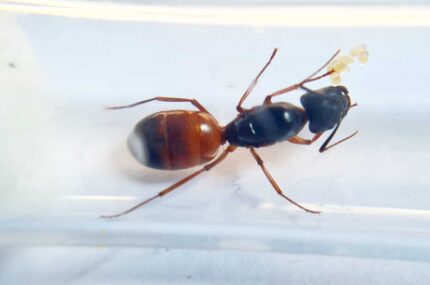
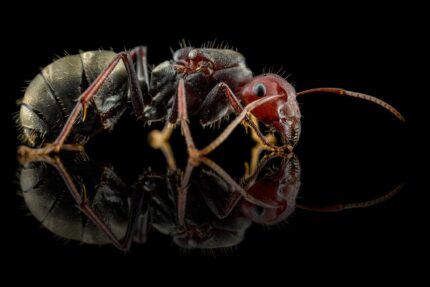
Camponotus saxatilis
129,90 zł – 279,90 zł
Worldwide shipping
Free delivery over 500 PLN
The highest quality of goods
Live delivery guarantee
24/7 Personal Support
Fair Prices
Description
Camponotus saxatilis is a monogynous ant species with colony sizes of up to 10,000 workers. They have a slow development rate. The queen measures 15-18 mm, workers measure 6-9 mm, and majors measure 10-12 mm. They have a black mat color with thick yellow-gray hair on their bodies. Their diet consists of food insects, syrup, fruits, and vegetables.
Additional information
| Behavior | |
|---|---|
| Difficulty in breeding | |
| Origin | |
| The size of ants | |
| Wintering |
Camponotus saxatilis: A Fascinating Ant Species
Colony Type and Size
Colony Type: Monogyny
Colony Size: Up to 10 000 workers
Development Speed: slow
Size and Color:
- Queen: 15-18 mm
- Workers: 6-9mm
- Majors: 10-12mm
The coloration of Camponotus saxatilis is predominantly black, with a glossy appearance on their bodies. One distinctive feature of this species is the presence of thick yellow-gray hair on their bodies, adding a unique visual appeal.
Nutrition
- Food insects (such as cockroaches and crickets) dead, or live if colony is big
- Syrup (a mixture of water and honey or sugar, with a ratio of 4/3 water:1)
- Fruits and vegetables
- Jelly
- Cooked chicken without salt, shrimps
- Honey
Humidity and Temperature:
- Humidity: Arena: 30-50%, Nest: 50-60%
- Temperature: Arena: 18-28 °C, Nest: 22-24 °C
Species Behavior
Camponotus saxatilis is known for its calm and composed nature. These ants are not typically aggressive, but they do possess powerful mandibles and can deliver a formidable bite if provoked. It is always important to handle them with care and avoid any unnecessary stress. Observing their behavior can be a fascinating experience, showcasing their intricate social interactions and division of labor within the colony.
Recommended Nests for Breeding
Creating an appropriate nesting environment is vital for the well-being and development of Camponotus saxatilis colonies. There are several suitable materials for constructing nests, including acrylic, cork, plaster, aerated concrete, and wooden setups. These materials provide the necessary structural integrity and insulation to support the growth and expansion of the colony.
Conclusion
Camponotus saxatilis is a captivating ant species with its monogynous colony structure, impressive population sizes, and unique appearance. By replicating their preferred habitat conditions and providing them with a diverse diet, you can create a thriving and fascinating ant colony. Whether you are a seasoned ant enthusiast or a beginner eager to explore the world of ants, Camponotus saxatilis is an excellent choice that will leave you mesmerized by their remarkable characteristics and behaviors.



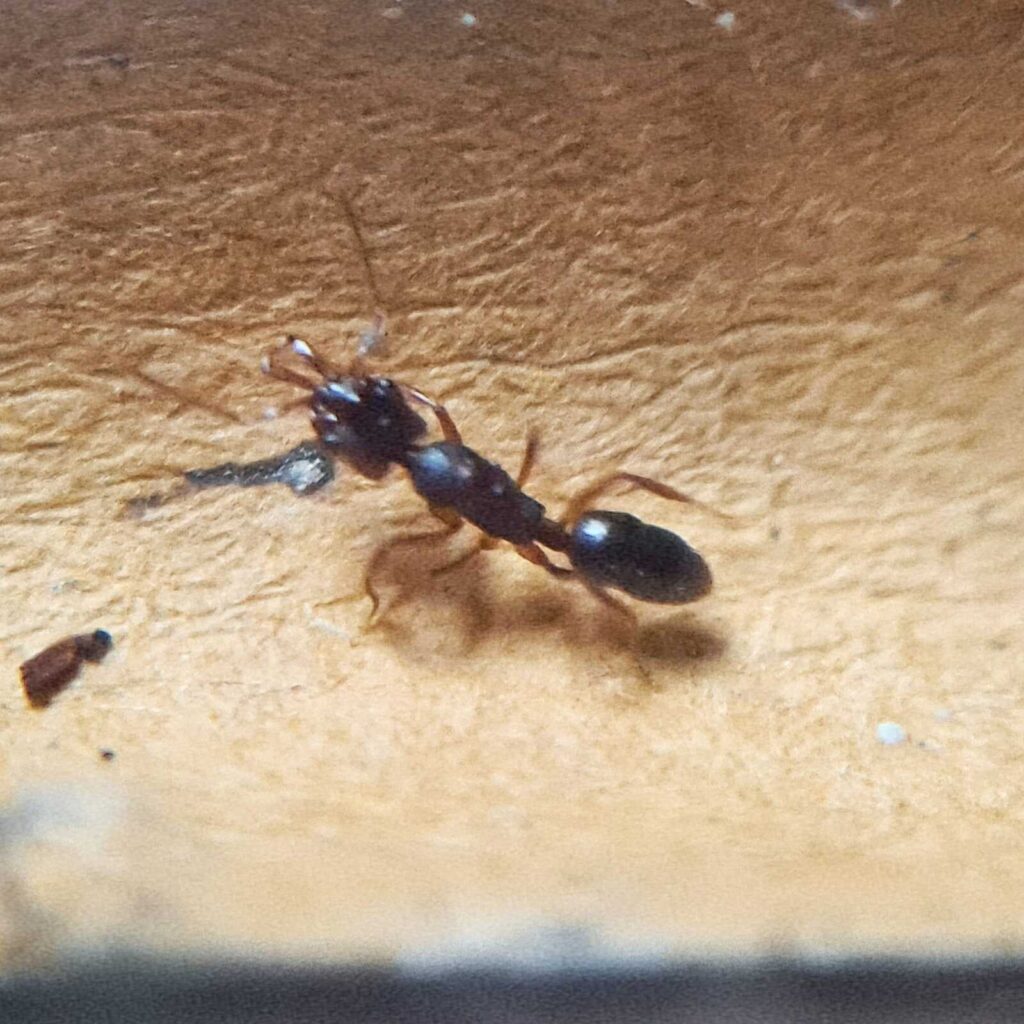

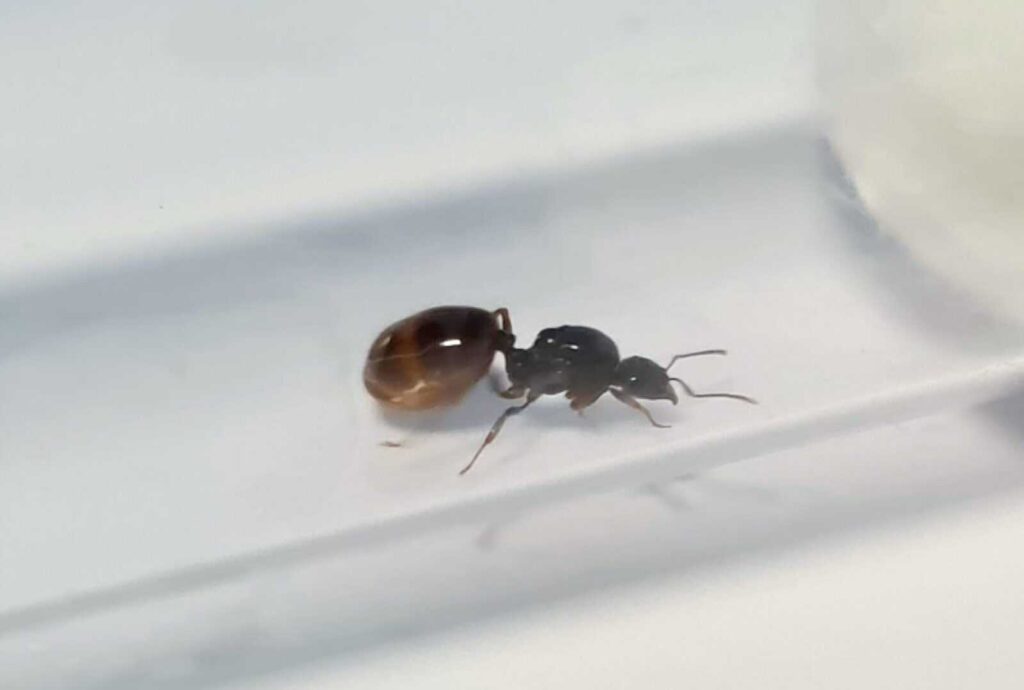
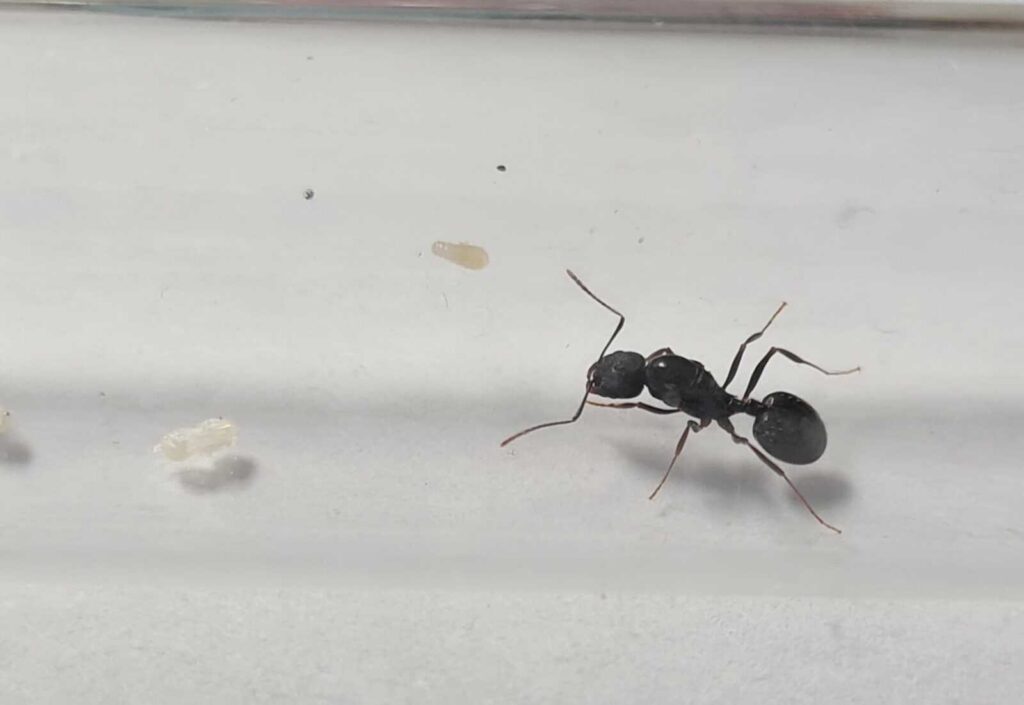

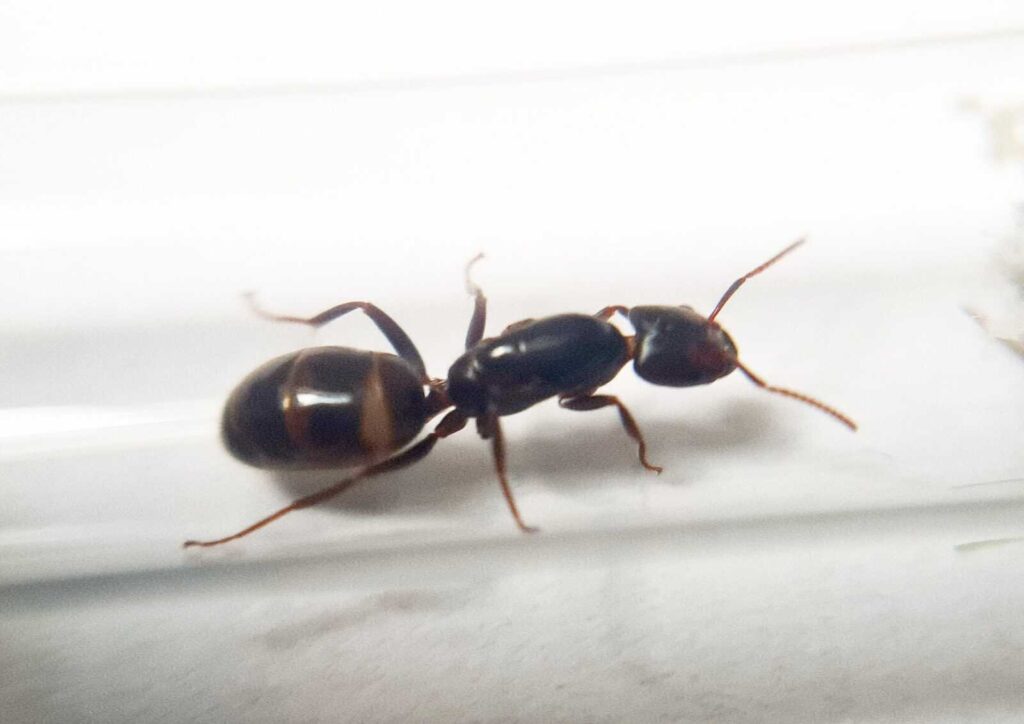
There are no reviews yet.